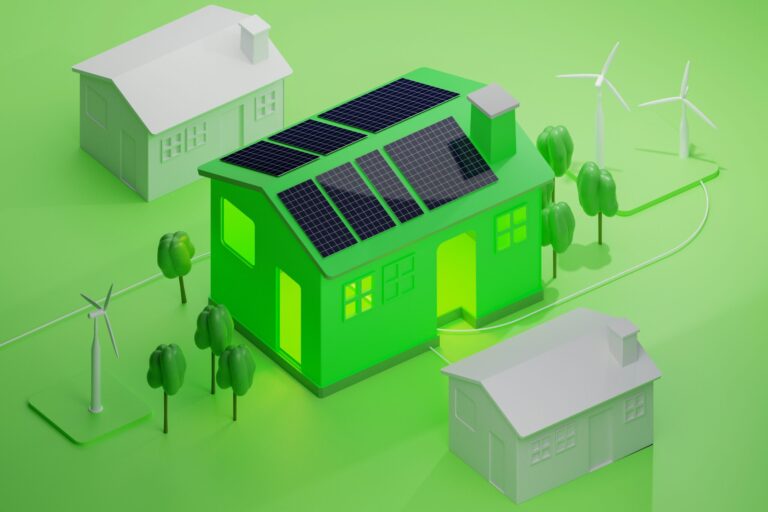As of November 1, 2023, a report from the U.S. Green Building Council reveals that demand for eco-friendly homes has reached unprecedented levels, driven by an increasing number of homebuyers prioritizing sustainability in their search for residential properties. Key players in this shift include environmentally conscious buyers, green homebuilders, architects, and developers, all of whom are responding to the growing demand for homes designed to minimize environmental impact while promoting energy efficiency.
A defining moment in this trend was the launch of several new residential communities featuring homes with energy-efficient designs, sustainable building materials, and renewable energy sources, such as solar panels. These homes are designed to significantly reduce both energy consumption and utility costs, while also minimizing the carbon footprint of their occupants. Beyond solar energy, many of these properties include advanced insulation, water-saving fixtures, smart thermostats, and other features that further improve energy efficiency and sustainability. For many buyers, these green homes offer a compelling opportunity to live in a space that aligns with their values, all while benefiting from reduced long-term costs and contributing to a more sustainable future.
The growing demand for eco-friendly homes reflects a broader societal shift towards environmental consciousness and sustainability. As climate change and resource depletion become increasingly urgent issues, more buyers are seeking homes that reflect their commitment to reducing environmental impact. This is particularly true for younger generations, who are more likely to prioritize sustainability when making purchasing decisions. For these buyers, green homes represent not just a place to live, but a lifestyle choice that supports their environmental goals and contributes to a healthier planet.
The lasting effects of this trend are expected to have a profound impact on the residential construction industry. As the demand for sustainable homes continues to rise, developers will likely prioritize green building techniques, incorporating energy-efficient features into more of their projects. Over time, these eco-friendly designs and materials may become the standard in the housing market, leading to widespread adoption of green building practices across the industry. As the technology and materials associated with energy-efficient homes become more mainstream, the cost of building such homes will likely decrease, making them more accessible to a broader range of buyers.
Moreover, this trend could have ripple effects on local and national building codes and regulations. As sustainability becomes a top priority, governments and regulatory bodies may introduce stricter energy efficiency standards, further driving the shift toward green construction. This could lead to a future where new homes are required to meet higher environmental standards, ensuring that sustainability remains at the forefront of the housing market.
In conclusion, the rise in demand for eco-friendly homes marks a significant shift in the housing market, driven by eco-conscious buyers who are prioritizing sustainability in their home searches. With more homebuyers seeking to reduce their carbon footprints and lower utility costs, developers and builders are increasingly incorporating green building techniques into their projects. Over time, this shift could reshape the residential real estate market, making sustainable homes the norm and paving the way for a more environmentally responsible approach to home construction.
